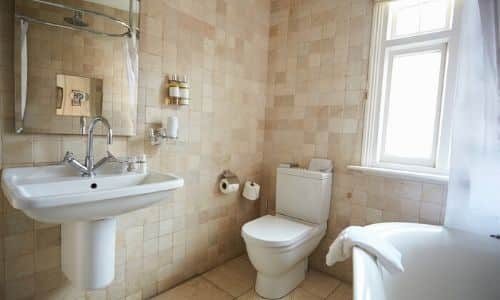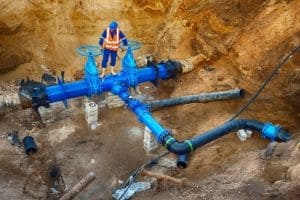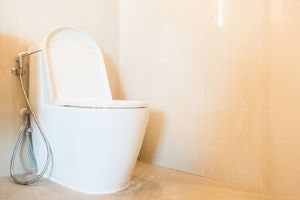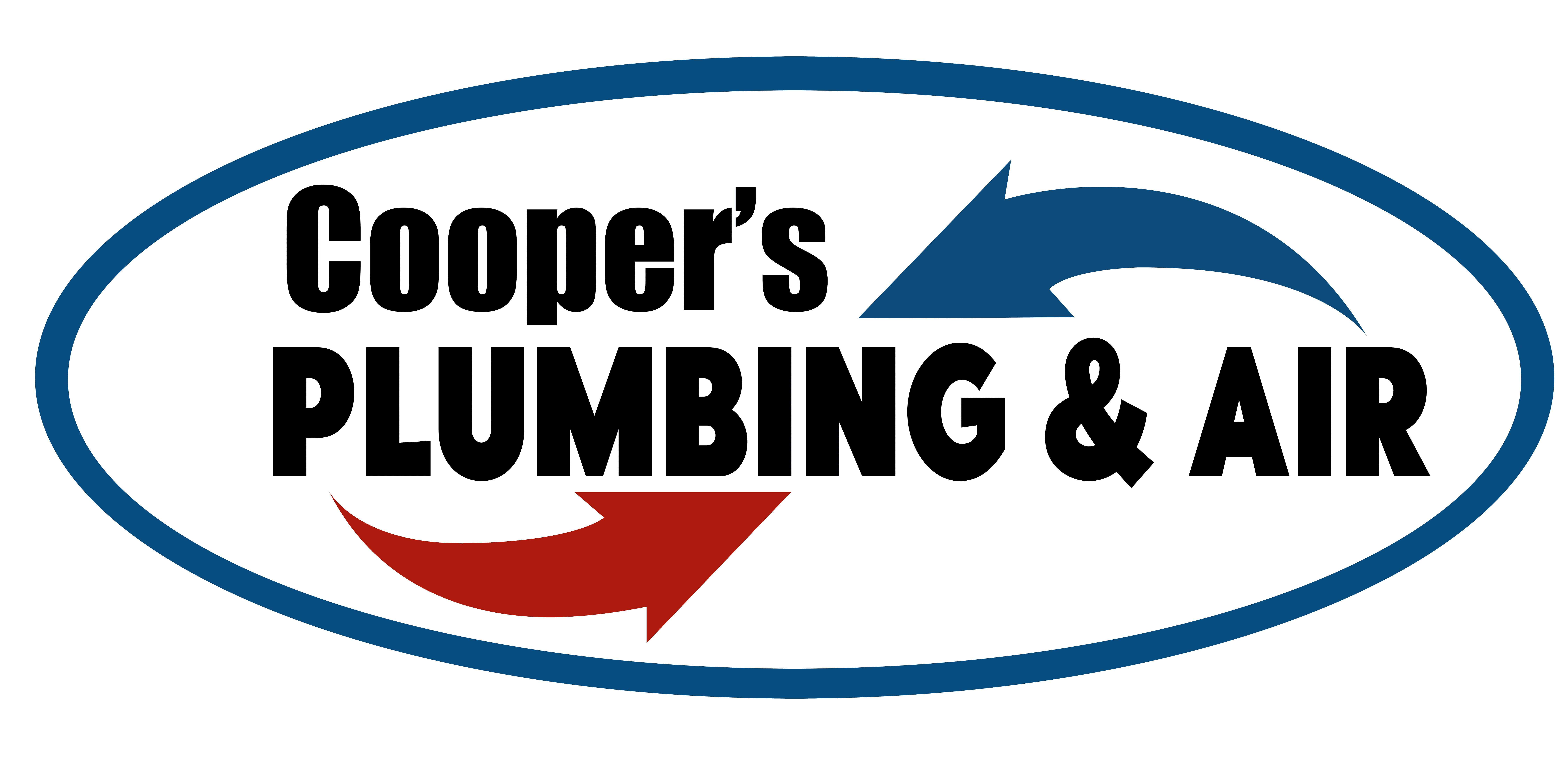
Should Commercial Bathroom Plumbing be Installed?
When it comes to quality, many people tend to think “the bigger, the better.” Well, that’s often not the case. Many homeowners will look into installing commercial toilets inside of their houses. Commercial toilets have automatic flushing capabilities, which can end up saving a lot of water for a commercial building, and people think the same will apply to their own homes. They’re also significantly smaller in size and tend to have fewer problems than traditional toilets.
However, commercial toilets are often not a good fit for residential homes when doing bathroom renovations, this is because of the operational and plumbing infrastructure differences. So before trying to install a commercial toilet in the home, know the key differences and what’s necessary for the installation process.
The Difference Between Residential & Commercial Toilets
 Commercial toilets and residential toilets have a few operational differences that homeowners should know, especially if they are considering installing a commercial toilet in the home. To start, commercial toilets typically don’t have tanks while residential toilets do.
Commercial toilets and residential toilets have a few operational differences that homeowners should know, especially if they are considering installing a commercial toilet in the home. To start, commercial toilets typically don’t have tanks while residential toilets do.In a residential toilet, water is stored in the tank. When the toilet is flushed, the water from the tank pushes out the water in the bowl and re-fills the bowl.
On the other hand, a commercial toilet will receive water from a water supply line at a very high pressure to push waste through the drainage system. Most homes are not equipped to deliver water that quickly and at that high of pressure to service a commercial toilet.
Underground Plumbing Systems in a Home vs. Commercial Buildings
Though a commercial building, like a mall or large office, and residential homes often use the same materials for building a plumbing system, the system itself turns out quite different.
A commercial plumbing system is much more complex because there are more floors, more bathrooms, and more toilets in the bathrooms than a standard home. Therefore, they are built to handle a high number of flushes every day and higher levels of pressure flowing through them.

Also, because commercial buildings have so many floors, the pipes will often be larger to handle more and more water as gravity pulls down the water and waste into the lower levels and underground. Because the residential plumbing system is smaller, it doesn’t have the capability of handling high-pressure flushes and can become clogged more easily because of smaller tiered pipes leading underground.
What is a Tankless Toilet?
 Most commercial buildings, if they’re new or have been renovated, have tankless toilets. Like a commercial toilet, they don’t store water ahead of time.
Most commercial buildings, if they’re new or have been renovated, have tankless toilets. Like a commercial toilet, they don’t store water ahead of time.As mentioned earlier, they receive water from a water supply line that uses high-pressure to flush down waste. There are a few advantages to tankless toilets though. For one, they are much smaller, so it allows for greater flexibility in bathroom design.
They also tend to use less water because they don’t store excess water in a tank as many residential toilets do. And finally, because they don’t have the valves or floating balls that tanks have, they tend to have fewer maintenance problems as well.
About Cooper’s Plumbing & Air
Cooper’s Plumbing & Air is a locally-owned and operated business. Their team is made up of highly knowledgeable and friendly people who share a common goal: providing their customers with the best plumbing, heating, and cooling services possible.




